Hello all!
In this project we were able to utilize L-Systems to create four designs. Each design required to follow the main concepts given below:
- Fractal
- Botanical
- Shapes
- Rogan Brown Inspired
Fractal
The fractal design was the first design I decided to tackle because I had an idea prior to programming that I wanted to try to implement. Originally, I wanted to build off of the triangular example in the Algorithmic Beauty of Plants by adding randomness and adding different rules into the array, but everything that I tried out was outputting some not so great looking designs. After getting rid of the randomness factor then I focused on changing up the rule set and axiom to create something more cohesive. Many different rules later, I settled on a rule that replaced ‘F’ with ‘F++F-F-F-F-F++F’. This created a nice looking design but it was not in the place where I wanted it, so I started to manipulate the axiom. The axiom that I was originally running with this design was ‘F’, but that proved to produce a somewhat decent design after 10 iterations which is a bit much. I first tried to start the axiom with ‘F+F+F’ which started to produce something that was more appealing. Finally I settled on the axiom ‘FF+F+F+F+FF’ which is exactly where I wanted the design to be. With this design, I automatically thought of this as the wood cut out using the laser cutter. After cutting, the design turned out great! I also liked how the shadows give a good look within the images taken of the physical designs
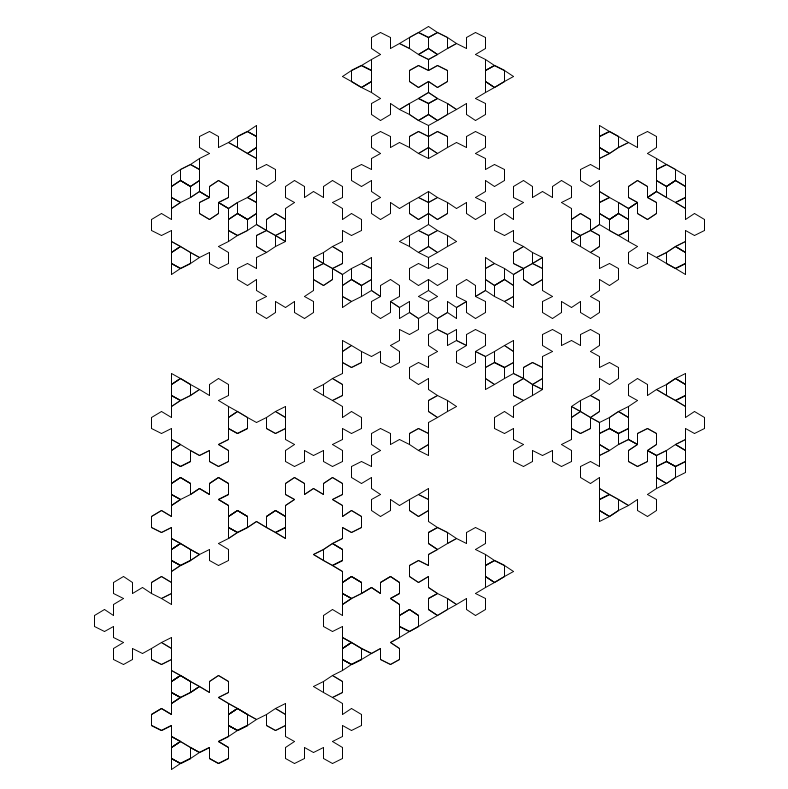
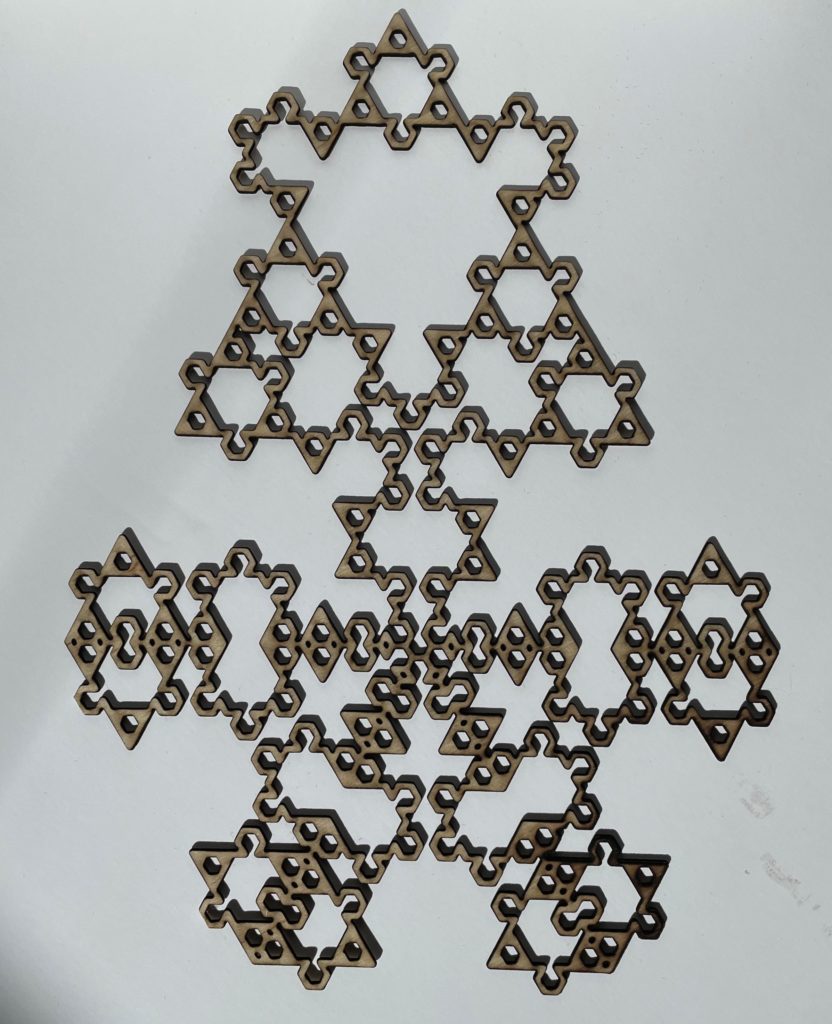
Botanical
Next on the list is the botanical design. Once again, I tried to make a design that implemented some randomness and I figured that this was the best design to try it on. Most of the example rule sets involving the botanical form were very similar. Doing research on botanical rules led me to some great designs, but some were very complicated and most of the time there were some cool and simple designs. One of the rules that was very cool involved two variables ‘X’ and ‘F’. The rule exchanged ‘X’ with ‘F[+X][-X]F’ and by adding some randomness and extra variables in the replacement string. This added some cool randomness in the design. The final rule set I settled on was to replace ‘X’ with ‘F[+X][-X]FX’, ‘FF[+X][-X]F’, or ‘F[+F]X[-F]’ and ‘F’ with ‘FF’. This is the one design that I was going to plot, but I then decided that this design did not need a physical design because it was the least creative out of the four designs that I did.l

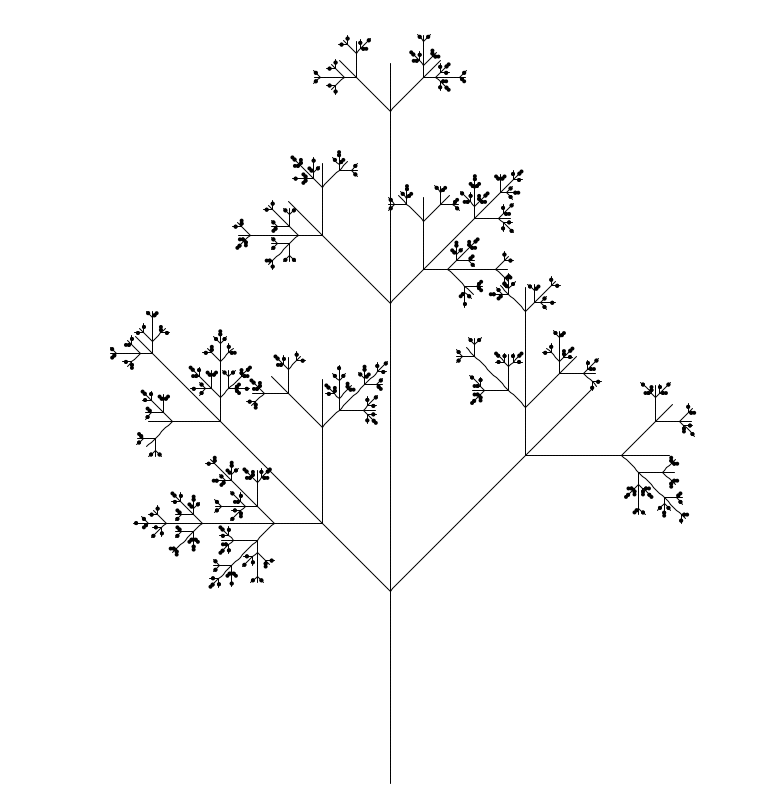
Shapes
Utilizing shapes while generating designs through L-Systems was very interesting. I took inspiration from the example in the assignment written up by using a petal-like shape. I wanted to make something similar to the example, but every rule I used turned the design into a mess of lines. To overcome this, I constantly kept trying different rules until I finally found something that worked with the shape I was using. The shape was generated similar to the petal shape that was used for our Small Assignment 2. Since my flower in that project was not the most functional design, I wanted to re-do that sort of design, but better. Using L-Systems helped immensely with the way generation of the design. The design I settled on was very interesting because I expected the flower to build up like a botanical design, but instead it grew in a circle. The design looked like it would be great to be cut on with the laser cutter. I decided to use construction paper to cut this because I thought it would be cool in the color I selected and it seemed like it would hold up well in construction paper.
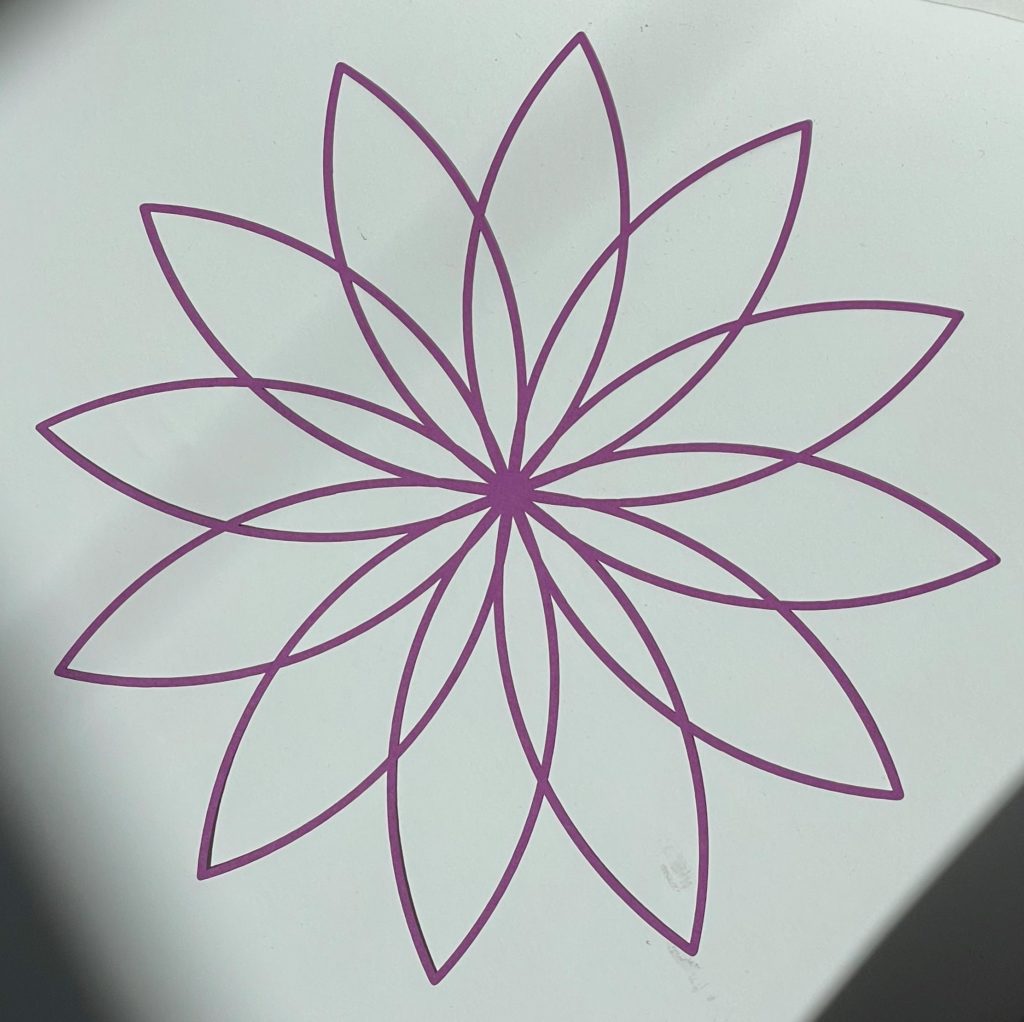
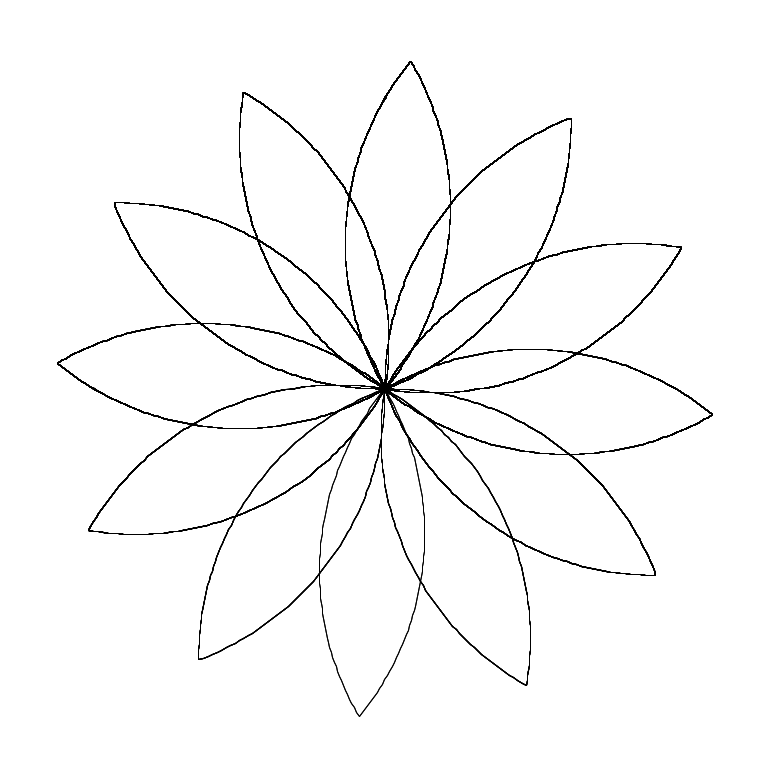
Rogan Brown
Lastly, we were tasked to take inspiration from the amazing artist Rogan Brown and create a design. Rogan Brown has some very interesting designs that combine fractal-like shapes with some more texture into a great piece. My goal was to create something that spiraled out in a circle like most of Rogan Brown’s pieces did, but I also wanted this design to have texture and fractal elements within it.To achieve this, I wanted to settle on a rule set that involved no randomness because I wanted a somewhat symmetrical design. Utilizing the variables ‘A’ and ‘B’ and having the replacement for ‘A’ be ‘A[-B][+B]’, and ‘B’ be ‘A[-B]A[+A-B]’ allowed for the design that I settled on. I was having trouble because the rule set itself did not generate a good design, but adding four separate designs generated by the L-System and rotating each of them allowed for the outcome that I was expecting. Immediately after coding this design, I knew that this is the one I wanted to plot because it had many small pieces that would make it difficult to cut with the laser cutter but would look great.

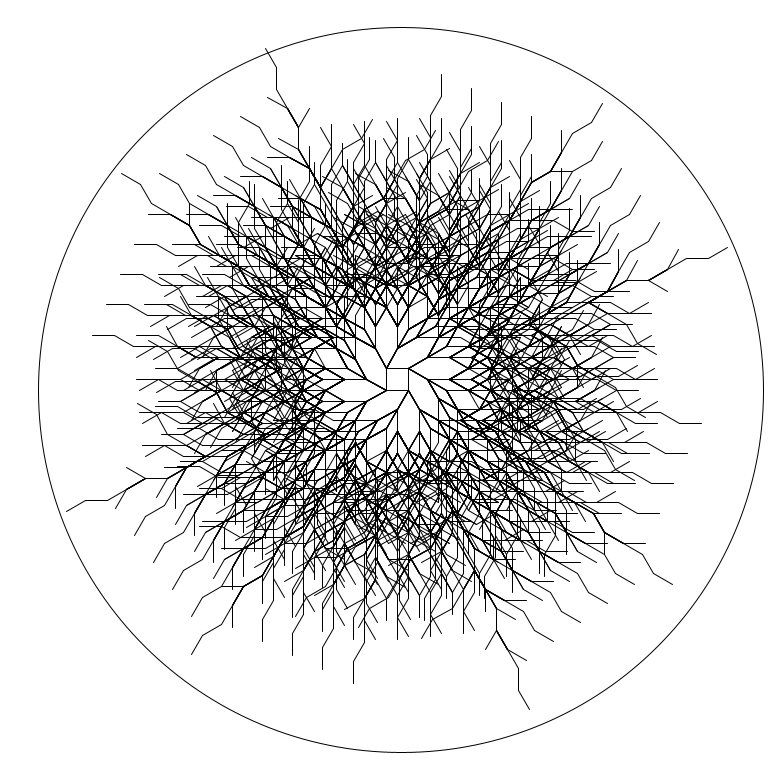
Overall, this was a fun project and it definitely let us expand our creativity and we got to do some amazing stuff with the laser cutter and plotter.
Link to source code: https://handandmachine.org/classes/computational_fabrication/wp-content/uploads/2022/02/DamianFrancoLA1.zip
I love how your Rogan Brown drawing came out. It amazed me to watch the craft cutter work with a pen; the precision is impressive.
Our Rogen Brown inspired pieces are alike. I think the Rogen Brown designs that I chose as inspiration were very similar, if not the same, as the one(s) you chose. They were very cool.